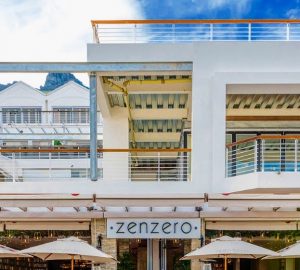VIDEO: EXCLUSIVE FIRST LOOK INSIDE THE ZEITZ MOCAA
The first museum of its kind on the continent – dedicated to contemporary art from Africa
Tuesday 19th of September 2017
The Know attended a preview of the highly anticipated Museum of Contemporary Art Africa (Zeitz MOCAA), at the V&A Waterfront.
This significant piece of exceptional architecture is a triumph not only for the City of Cape Town but also for South Africa as the representative country for the continent’s work. It’s a key development for the property landscape as we hold Africa’s most important museum opening in the last century, putting us on the global art map. The project came in at a cool R500-million and sees the successful reimagining of the historic grain silo as the world’s largest African museum for contemporary art. You’ll be able to marvel at it for yourself when it opens to the public on 22 September.
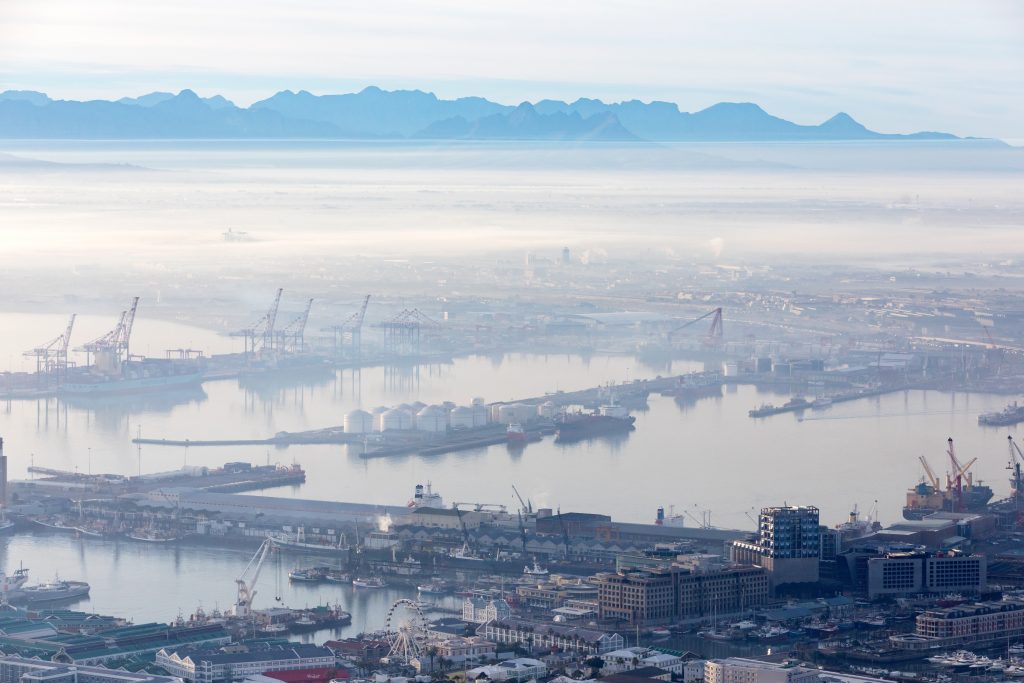
Conceptualised by the V&A Waterfront, in consultation with famed British architect Thomas Heatherwick, the museum is housed in a building that had humble beginnings as part of an industrial shipping facility in the Cape Town Harbour. The almost 100-year-old grain silo today has an entirely new purpose: custodian of some of the most important contemporary artwork on the African continent.
From preserving the historic architectural and industrial legacy of what was once the tallest building in South Africa, to developing a sustainable not-for-profit public cultural institution that collects, preserves, researches, and exhibits cutting edge contemporary art from Africa and its diaspora, Zeitz MOCAA is an important cultural landmark that contributes to a stronger, wider appreciation of the continent’s cultural heritage.
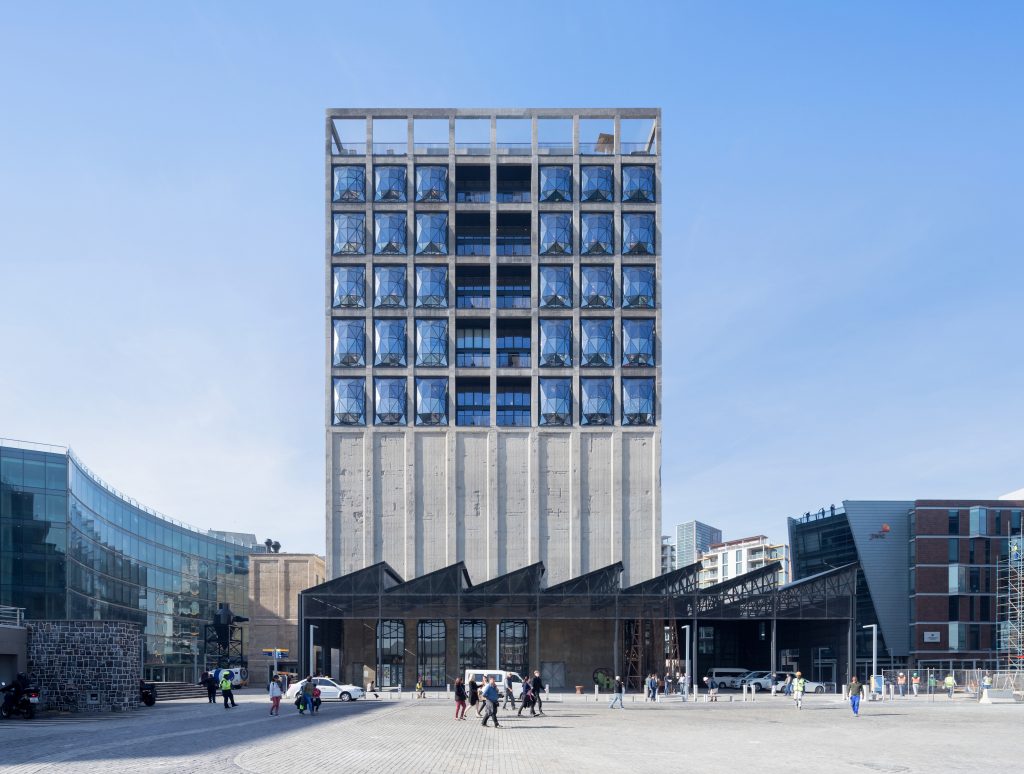
“The idea of turning a giant disused concrete grain silo made from 116 vertical tubes into a new kind of public space was weird and compelling from the beginning. We were excited by the opportunity to unlock this formerly dead structure and transform it into somewhere for people to see and enjoy the most incredible artworks from the continent of Africa. We are all looking forward to witnessing the impact of the museum’s ambitious artistic programme and the museum taking its pivotal place in the middle of Africa’s cultural infrastructure.” | Thomas Heatherwick, Founder of Heatherwick Studio
The integrity of the old building remains, as the team worked painstakingly with the centuries-old concrete tubes. Heatherwick explains how by using a grain of corn found in the silo, the ‘heart’ of the museum was imagined. The digitally inflated corn mold was realized in the space by a team of specialist sculptors who used double-blade handsaws to meticulously shape the core. The galleries and the cathedral-like atrium space at the centre of the museum have been literally carved from the silos’ dense cellular structure of forty-two tubes that pack the building. The development includes 6,000 sq metres of exhibition space in 100 galleries, a rooftop sculpture garden, state of the art storage and conservation areas, a bookshop, a restaurant and bar, and various reading rooms.
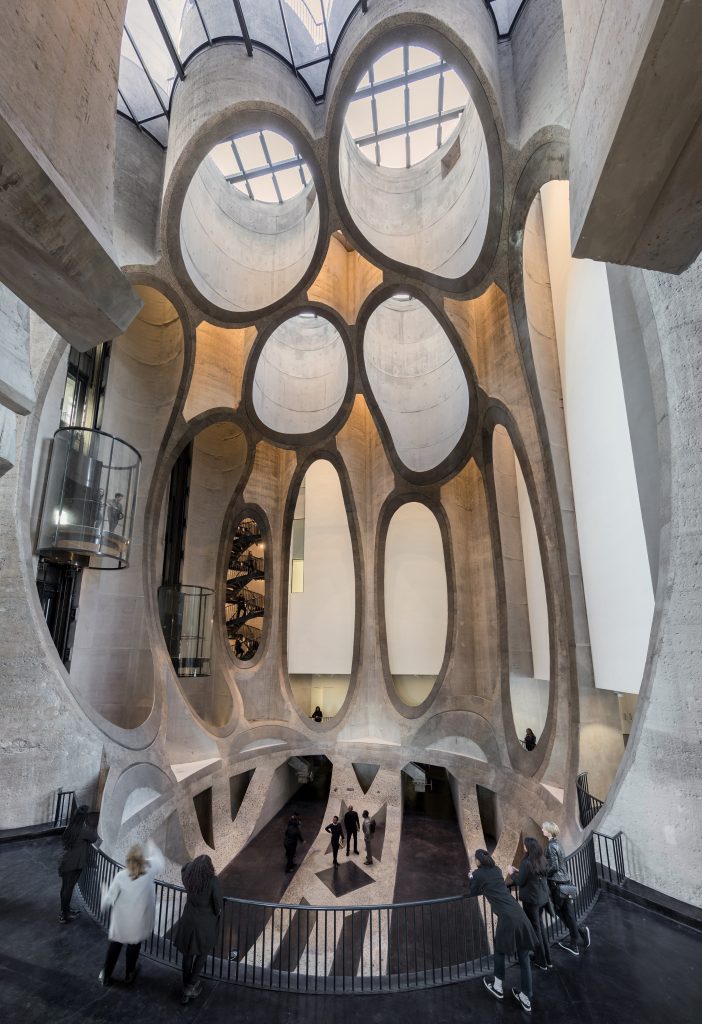

Heatherwick went on to say, “we thought it would be so much more soulful if we could keep this building and re-appropriate it for the higher testing of ideas and provoking of ourselves through imagination”.
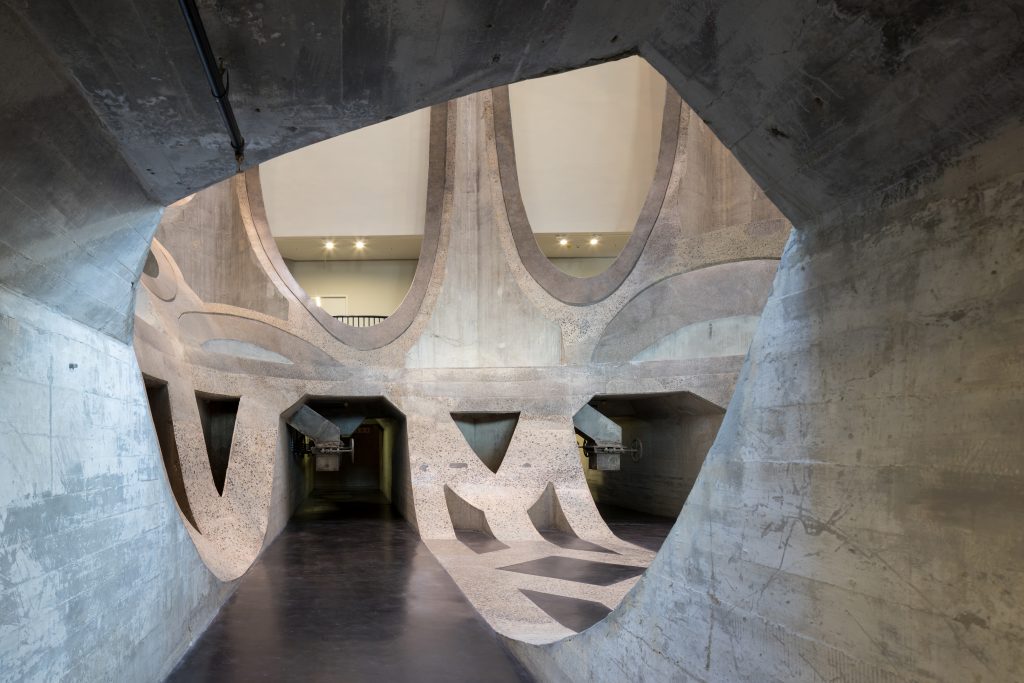
This is not your average museum. Walking through the architectural heart you are instantly aware of acoustics – the echoes through chambers, the echoes of Pan-Africanism, of the weight of fifty-four states of the continent as well as its influences. The effect stays with you long after you’ve left. The Zeitz Mocaa is unique in that it has multiple exhibition spaces; found space, white Bauhaus-like cubes as well as interstitial spaces. There’s a dedication to facilitating ongoing dialogue, an inclusion of photography, performance art as well as moving images. There is a diversity of voice and content. We’re told that at any given time, representation is always happening, and that the space is non-hierarchical. Up until now African art has often moved off the continent but you get the feeling it will be making its way home sooner rather than later. 
Posted by Jean Scheltema


